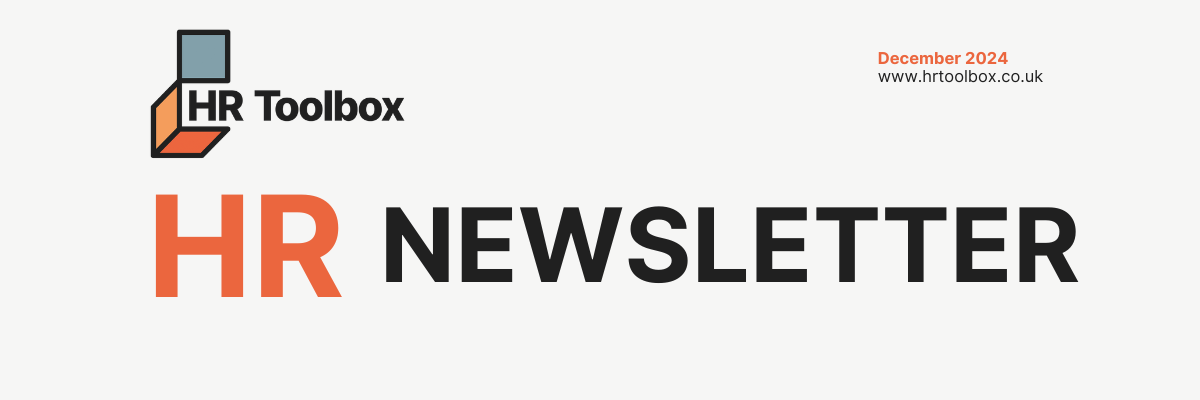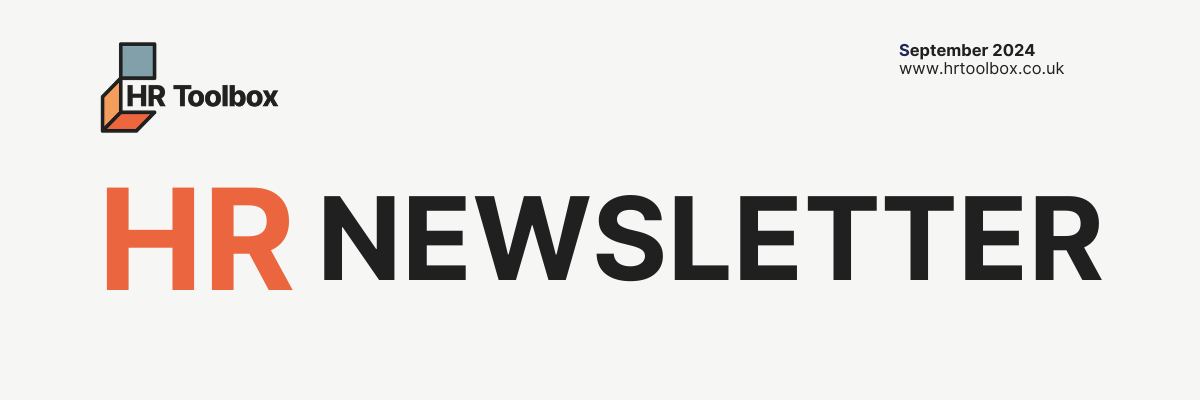A guide to navigating the recruitment process
Introduction:
The recruitment process is the lifeblood of any successful business. Finding and hiring the right talent is crucial for driving growth, fostering innovation, and achieving business objectives. In this article, we'll walk you through the key steps of the recruitment process, offering insights and tips to ensure you attract and retain top-notch candidates.
Define Your Role Requirements Clearly:
Before you dive into the recruitment process, take the time to outline the specific qualifications and skills you need for the role. Be precise about the job description, responsibilities, and expectations. A clear understanding of what you need will help streamline the process and attract candidates who truly fit the bill.
Job Posting:
Write an attention-grabbing job posting that really sells your business. Avoid buzzwords and jargon, and be transparent about the role and the potential challenges it presents. A well-written job posting will not only attract more candidates, but also filter out those who don't align with your requirements.

Streamline the Application
A straightforward and user-friendly application process can make a world of difference. Avoid asking for excessive and irrelevant information, which may deter potential candidates from applying. Focus on collecting essential details relevant to the job, allowing applicants to showcase their skills and experience effectively.
If you are asking people to upload a CV, try to avoid using a further system that either doesn’t populate the CV data into the correct fields and/or asks your candidate to
A really useful exercise is walk through the application process yourself and if you like it and it’s straightforward great, if it’s painful, it’s time to change it!
Screening and Shortlisting:
Make sure you have booked time in your diary to review applications promptly and rigorously to shortlist candidates who best match your role requirements. Be respectful of applicants' time and respond to them either to invite them to an interview or to let them know you won’t be progressing their application promptly. A prompt response reflects well on your business and leaves a positive impression, even on candidates who might not be selected.
Conduct Effective Interviews:
Prepare well-structured interview questions that assess technical skills and the candidates fit with your business values. Example based questions can provide valuable insights into how candidates handle real-world situations, so think of situations that will come up in the role and craft questions that ask candidates to give you examples of how they have/would deal with a situation of x, y or z.
Make sure against each question you have a model answer and points allocated for each answer.
Interviewing with ideally the Line Manager and perhaps an existing member of the team and/or a peer of the Line Manager and/or the Line Managers’ Manager asking the questions can offer varying perspectives and prevent biases in the selection process. Try not to go with an interview panel of more than 2 or 3 people, this process can be nerve wracking enough as it is.
Think carefully about how many stages to the interview process you want to have. Is this a role that would benefit from a technical question and answer session over the phone and if successful with that stage, an in person interview?
Above all else, be entirely consistent in your interview process, ask the same questions of everyone, use the same scoring method for everyone and document your process thoroughly.
Evaluate Softer Skills:
Don't underestimate the importance of soft skills, such as communication, adaptability, and problem-solving. These skills are vital for successful collaboration and can significantly impact a candidate's performance in the role. Assessing softer skills during the interview process will help you identify well-rounded candidates.
Check References Thoroughly:
Take the time to check references provided by the candidates. A candidate's past performance can be an excellent indicator of their future success within your business but remember, there are always two sides to every story so try to be as open minded as possible.
Don't rush this step, as it can provide valuable insights that may not be evident during the interview.
Make Timely Offers:
Once you've identified the ideal candidate, make a competitive and timely job offer. Delaying an offer can create an impression of disinterest and lead the candidate to explore other opportunities. Show genuine enthusiasm for having the candidate on board, making them feel valued from the very start.
In sending out the candidates offer, be sure to include their Contract of Employment and anything else you would like them to sign. If things like training fees repayment agreements would benefit from an explanation before they land in the post so you can sell the benefit into the candidate, pick up the phone and explain everything through first.
If there were other candidates who almost but didn’t quite make it, consider if you are likely to have similar roles for the future and could potentially pop them in a talent pool such that if the further role does come up within say 6 months, you could go straight to offer with that candidate without having to re-interview them.
Onboarding for Success:
The recruitment process doesn't end with an acceptance letter. A well-structured onboarding process is essential for integrating new hires smoothly into the organization. Keep in touch with your new hire from the offer acceptance date to day one in the new role. Make sure they and their Line Manager have everything they need ready for their first day and have a well documented and organised induction and onboarding plan ready for them. This stage of the process is all about integrating them into your business successfully so that they will pass their probationary period with ease!
One thing we would recommend avoiding is lining up multiple meetings with multiple people over the course of their first two weeks. Consider pulling together a chart detailing who people are, what they do, why they are important to get to know and let the new colleague do the rest if the role allows for that.
Is this a role that would benefit from a colleague mentoring them into your Company, someone they can go to for answers to all those minor detail questions you might not have thought of?
Conclusion:
By following all these top HR Toolbox Tips, you can attract and retain top talent for your business. Remember, a good recruitment process can lay the foundation for a thriving and successful team, driving your business towards greater heights of achievement!
Get In Touch











